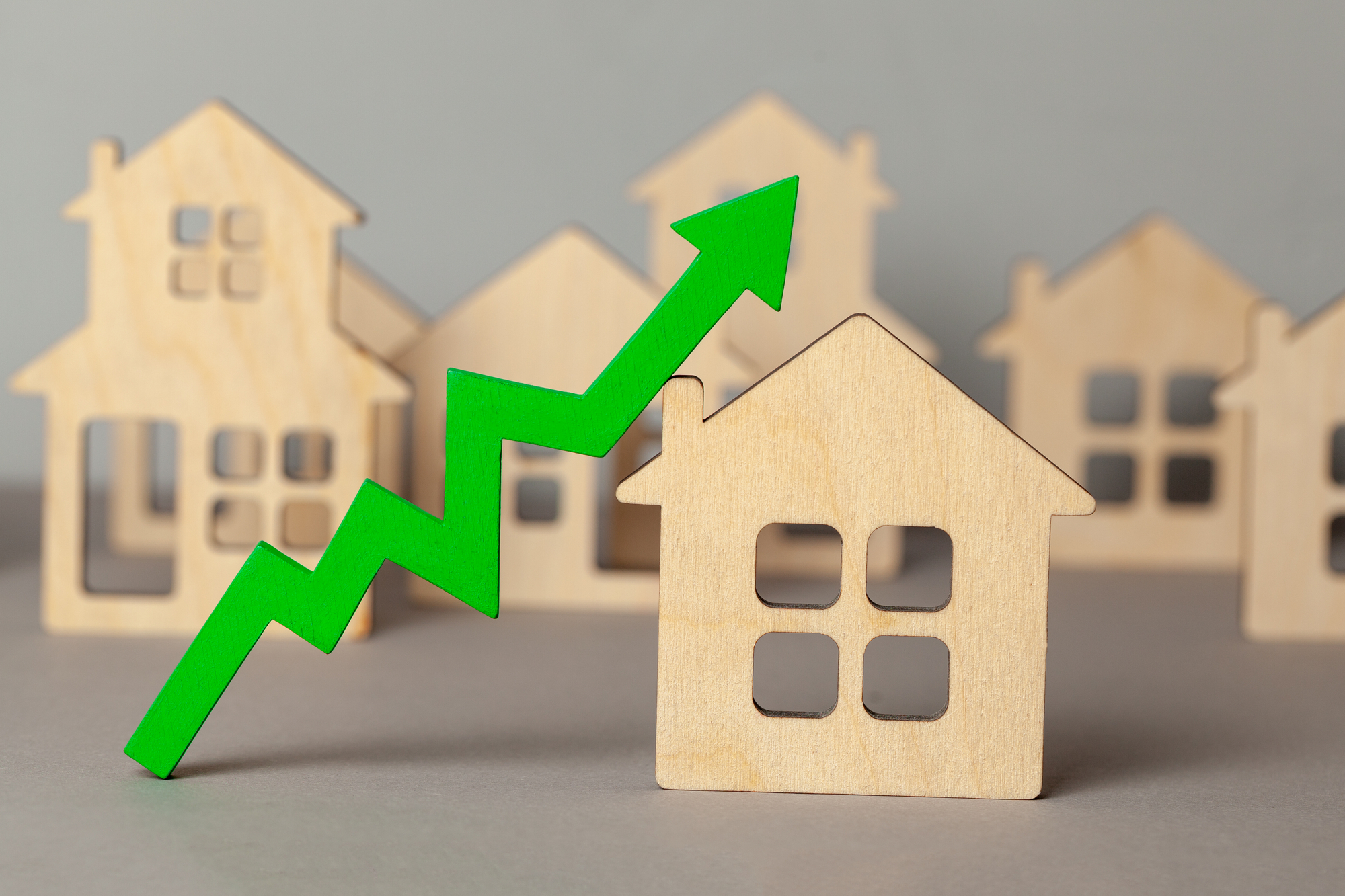A new report produced by research firm KPMG forecasts house prices to surge over the next two tears, with a rise nationally of 4.9% over the next nine months and then another 9.4% in the year to June 2025.
KPMG’s property report on Australia’s capital cities speculates that apartment prices across the country will see an average rise of 3.1% by next June, followed by a 6% increase in the next 12 months.
And as we’ve been forecasting over at Cycles, Trends & Forecasts over the last few years, the report highlights that Perth, the mining capital of Australia, will capture the greatest gains — with a rise of 8.4% over the remainder of the financial year.
But then suggests that Hobart will overtake other cities in FY25 and rocket northwards by 14.2%.
They also say that Hobart units will outperform all other capital cities with rises of 8.7% and 10%, respectively, over the next two years, followed by Sydney, Melbourne, and Adelaide.
KPMG detail a number of drivers behind the increase, specifically limited supply and high demand coming from record rates of immigration.
‘Despite high interest rates, constrained supply will likely dominate the factors influencing property prices in the short term and result in continued price gains in most markets during FY24. House and unit prices will then accelerate further in the next financial year as dwelling supply continues to be limited, due to scarcity of available land, falling levels of approvals and slower or more costly construction activity…’
Dr Brendan Rynne, KPMG Chief Economist
I’m not in disagreement of the overall forecast.
If you follow the cycle, the last two years (2024–26) are typically the most bullish as we transit into the peak.
Whether or not we’ll see apartment prices rise as much as spruiked is another matter.
I certainly wouldn’t be advising anyone to head into central areas of the capital cities to purchase a one- or two-bedroom apartment in the next few years.
If you listen to the news, it seems there’s plenty of pressure on rental markets, with stories of desperate families sleeping in caravan parks and, in some cases, cars.
However, when you peer through the mist and take a glance at the statistics, the vacancy rates in the unit/apartment market are not quite as bad as demonstrated!
Vacancy rates in central Sydney, for example, are currently 4.6% (SQM Research). And in Melbourne city, they’re sitting at more than 5%. That’s not representative of a crisis in the unit market and it’s not going to push up prices (or rents) in this sector.
No, the way for speculative landlords to take advantage of a situation that’s creating a housing affordability bloodbath for incoming migrants is to buy land!
Specifically land you can subdivide, in a landlocked middle-ring suburb of one of the major capitals, ideally, with a rental house on top.
Now, I’ve written a lot about this type of investment previously. It’s the formula that can give you not only great capital growth, but also great passive income. That’s if you are savvy enough to take advantage of the rental crisis, in areas close to essential amenities, and create accommodation that can be rented out to multiple tenants, or via schemes such as the NDIS.
‘This is the future of investment’ as one real estate mogul who manages rooming houses commented to me recently.
It’s not without a fair deal of work, maintenance, and its share of headaches, but I tend to agree, it’s a smart strategy for capturing both capital growth, and positive rental incomes!
I discuss this and more with today’s podcast guest Leith van Onselen, co-founder and Chief Economist at MacroBusiness.com.au, as well as Chief Economist at the MB Fund and MB Super.
Leith has previously worked at the Australian Treasury, Victorian Treasury, and Goldman Sachs.
Our discussion covers a wide range of topics that you will not find debated in the mainstream or anywhere else in such detail, for that matter.
We debate:
- Why the new vacancy tax in Victoria will do zip to increase the supply of affordable housing, or lower land values.
- How the World Economic Forum’s vision of a world where we shall ‘own nothing, and be happy’ is playing out in our capital cities.
- How record rates of immigration are creating the conditions of a modern-day story of Henry George’s Progress and Poverty in Australia.
- How the makings of an anticipated land boom over the next two years could create multi-millionaires and rental paupers. We explain exactly where you might want to consider the opportunities to take advantage of the conditions ahead.
All this and much more.
Tune in below!
Sincerely,
 |
Catherine Cashmore,
Editor, Land Cycle Investor

